The Top Choices For Every Home To Harvest Rainwater
Rainwater harvesting is catching on in 2025 as more folks try to save money and use water wisely. Maybe you’re looking to cut down the water bill or just want to make a small dent in your environmental impact. Or you’ve started a sustainable garden. Either way, there are many ways to capture rain at home—some super basic, like a single rain barrel, others a bit over-the-top with rooftop setups and big tanks.
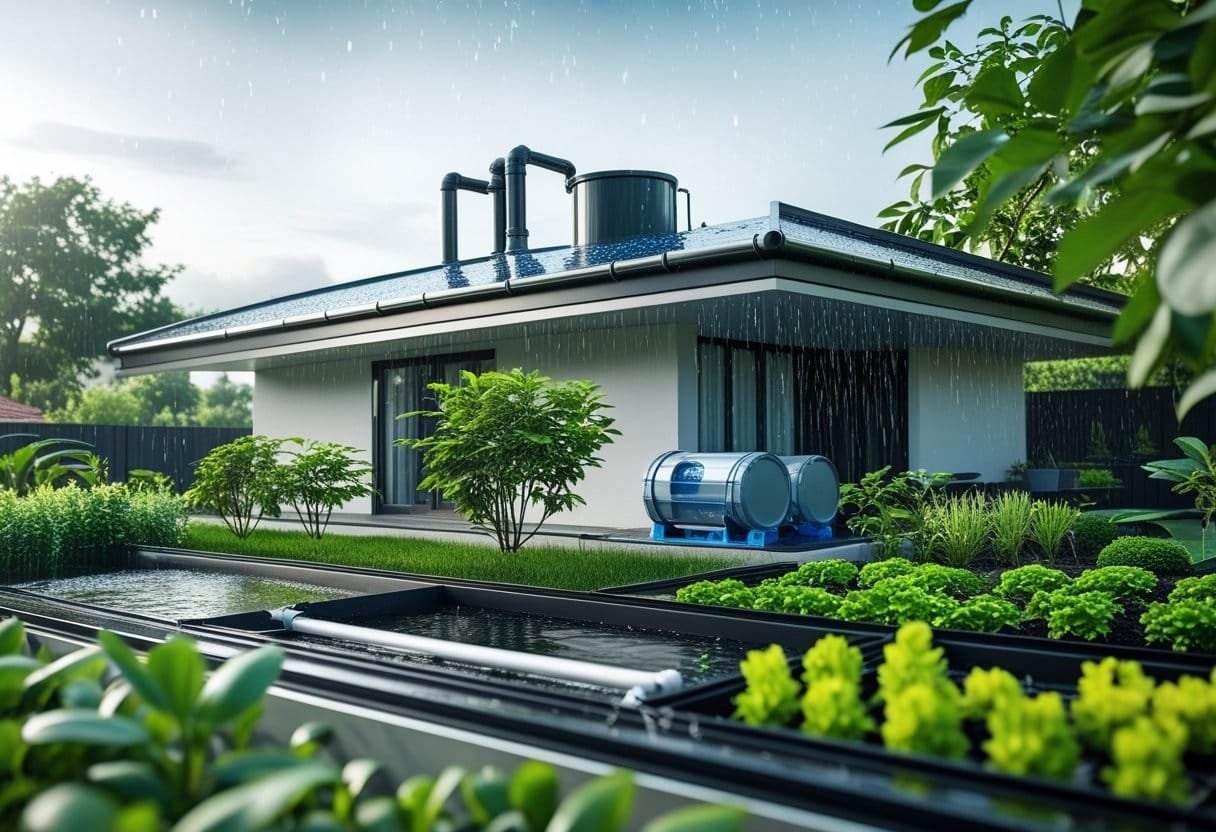
The best rainwater harvesting systems for 2025 are efficient, easy to install, and really help you squeeze every drop. Newer options, like collapsible rain barrels, save space and fit a lot of different homes. If you want to dive deeper, check out some top rainwater collection methods.
If you’re interested in saving water and making your home a bit greener, familiarizing yourself with the different systems available can help you find what works best for your place.
What Is Rainwater Harvesting?
Rainwater harvesting means you collect rainwater from roofs or other surfaces and stash it for later. It’s not just about saving money on the water bill—it also takes some strain off local supplies and cuts down on stormwater runoff.
How Rainwater Harvesting Systems Work
These systems grab rain as it lands on your roof or other surfaces. Gutters and pipes guide the water into a tank, barrel, or even an underground cistern. Most setups use a first-flush diverter to get rid of the dirt and gunk from the first bit of rain.
Some systems filter the water if you want to use it for drinking or washing. Basic setups usually collect water for gardens, toilets, or washing the car. If you go all-in, a system can supply water for the whole house, as long as you filter it and hook up a pump.
Most setups follow a few steps:
- Collection: Rain hits the roof.
- Conveyance: Gutters and downspouts move it along.
- Filtration: Leaves and debris get filtered out.
- Storage: Water lands in a tank or barrel.
Want a closer look? Here’s a rundown of the top rainwater harvesting systems.
Types of Rainwater Collection Methods
You’ve got a few choices. Rooftop collection is the classic—it’s efficient and works in most homes, especially if you’ve got a metal or tile roof. Those surfaces are easy to clean, and water slides right off.
Surface runoff collection grabs water from the ground, so it’s handy for gardens or landscaping, but honestly, the water’s not as clean. Rain barrels are the go-to for small gardens, while bigger above-ground or underground tanks handle more water and can even supply a whole house.
If you’re curious about different methods, check out the best catchment systems for harvesting rainwater.
Common Terminology in Rainwater Collection
It helps to know a few basic terms:
- Catchment Area: The roof or surface that catches rain.
- Gutters and Downspouts: Pipes that carry water from the roof to the tank.
- First-Flush Diverter: Kicks out the first (dirtiest) rainwater.
- Storage Tank/Cistern: Where you keep the water until you need it.
- Filtration System: Cleans out dirt, debris, and sometimes even germs.
For a deeper dive into the process, this complete guide to rainwater harvesting spells out all the steps and parts for a successful rainwater setup.
Top Rainwater Harvesting Systems for 2025
Rainwater harvesting in 2025 covers everything from whole-house systems to simple garden setups. The “right” system really depends on your water needs, your space, and your willingness to invest.
Leading Whole-House Systems
If you’re aiming to use rainwater throughout your house, you’ll want a whole-house system with a big cistern. These collect rain off your roof, filter it, then store it in either above-ground or underground tanks.
Systems like the Aquascape Rainwater Harvesting System offer solid filtration and are ideal for indoor uses like laundry or flushing toilets. They usually include first-flush diverters, UV filters, and pumps to maintain steady water pressure. Some setups even let you monitor water levels or catch leaks before they become a headache.
Cistern size matters—a lot. Most homes need tanks between 1,000 and 5,000 gallons, depending on your local rainfall. These systems can really lower your water bill and make your home a bit more self-sufficient. If you want to geek out on the technical side, the U.S. Department of Energy’s Rainwater Harvesting Systems Technology Review is actually pretty helpful.
Best Systems for Outdoor Usage
You can keep it simple for gardens, lawns, or washing the car. Rain barrels and collapsible barrels are quick to set up, and many now have built-in filters to keep out leaves and bugs.
Collapsible rain barrels are a lifesaver if you’re short on space or want to pack them away when it’s dry. They usually hold between 50 and 100 gallons and use tough, weather-resistant materials.
Plenty of models hook up to drip irrigation, so you can water garden beds without hauling buckets. They’re affordable and help you manage stormwater while cutting down on city water use. If you’re interested, here’s more about collapsible rain barrels for 2025.
Modular and Scalable Options
If you want flexibility, modular rainwater systems let you add storage as you go. These setups use stackable tanks or barrels that click together. Start with one or two, and add more if you need extra water during dry spells.
A modular system like the Aquascape Rainwater Harvesting System gives you options if your water needs change. Each module usually has its own filter and overflow control.
When you add more roof space or your needs shift, just pop on another module instead of replacing everything. It’s a simple way to scale up without breaking the bank.
Key Features to Consider in Rainwater Harvesting Solutions
Picking a rainwater harvesting system isn’t just about the tank. You’ll want to think about how you’ll store the water, what kind of cleaning it needs, and how you’ll deal with overflow when the rain just won’t quit. Each part can make a difference in how well your system works and how safe your water stays.
Storage Capacity and Tank Materials
Storage is a biggie. Figure out how much rainwater your home or garden actually needs, then match your tank size to that. Big cisterns make sense if you want to use rainwater for laundry, toilets, or even as backup drinking water. For just the garden or some light outdoor cleaning, a small barrel does the trick.
Tank material isn’t something to ignore. UV-resistant plastic, fiberglass, or concrete tanks last longer and help keep algae at bay. Sealed tanks keep out bugs and debris. It’s nice to have a level gauge, too, so you don’t have to pop the lid every time you wonder how much water’s left. Here’s a complete guide to rainwater harvesting with more on storage and tank features.
Filtration and Purification
Don’t assume rainwater’s always clean. It can pick up dirt, pollen, and even the occasional bird poop as it rolls off your roof. Good systems filter the water before it hits your tank. That might mean a mesh screen for big stuff and finer filters for the tiny bits.
If you want to drink the water, you’ll need extra steps—think UV treatment, carbon filters, maybe even chlorine tablets. These get rid of bacteria, viruses, and chemicals. Filtration and purification keep your rainwater safe for cooking, drinking, or washing up. If you want more details, check out this technology review of rainwater harvesting systems from the U.S. Department of Energy.
Overflow and Drainage Control
When it pours, tanks fill up fast. Water can spill out, flood your yard, or attract mosquitoes without good overflow control. Quality systems include overflow pipes or drains that shunt extra water away from your house’s foundation.
Look for designs that send overflow to safe spots, like a garden bed or storm drain. Some systems let you choose exactly where the extra water goes. Managing drainage well protects your property and helps keep your rainwater cleaner by stopping backflow. For more on overflow protection, here are some rainwater catchment system options.
Benefits of Using Rainwater Harvesting Systems
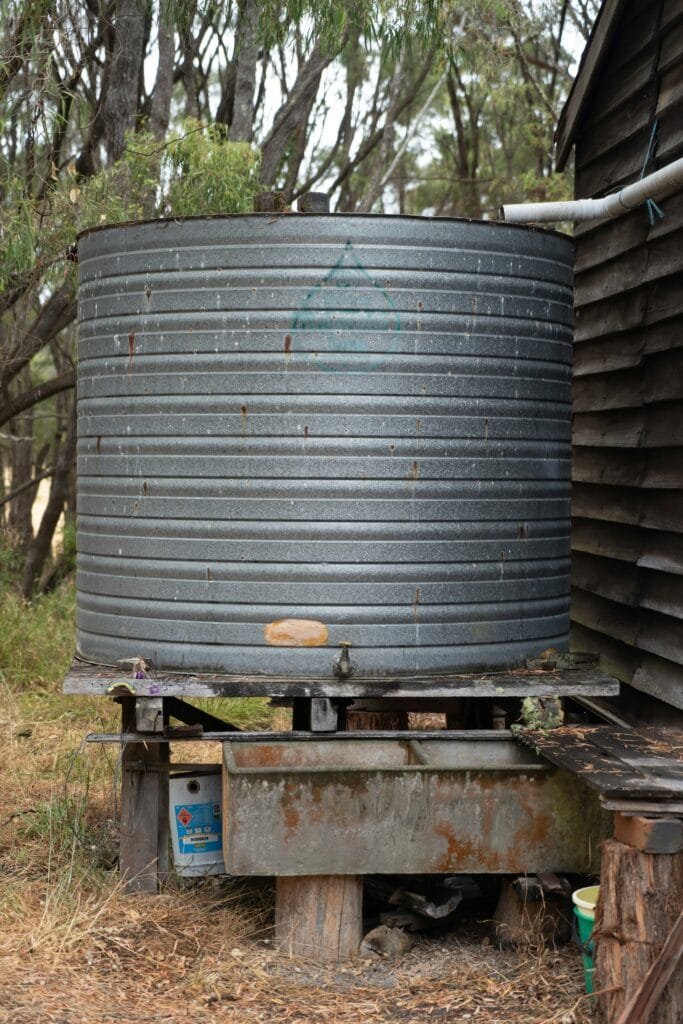
Rainwater harvesting makes sense for a lot of folks. You save money, help the environment, keep stormwater in check, and even have a backup if the main supply goes out. What’s not to like?
Water Conservation and Sustainability
Collecting and reusing rainwater cuts down your tap water use and helps protect precious groundwater. When you gather rainwater, you choose a sustainable solution that supports the environment and eases the load on city water systems.
You can use rainwater for all sorts of non-drinking needs at home. Watering your garden, washing your car—these tasks don’t have to drain your regular water supply. Over time, that adds up.
Harvesting rainwater means actively supporting water conservation and helping your community manage water better. As weather becomes more unpredictable and droughts occur more often, water conservation becomes even more critical.
Reducing Household Water Bills
When you install a rainwater harvesting system at home, you can lower your water bills. Using less city water for gardening, flushing toilets, or cleaning outdoor spaces means you pay less each month.
Some cities will even knock a bit off your stormwater fees if you’re collecting rainwater. Those savings can pile up and help cover the cost of your system. After all, rainwater is free—so why not use it to keep your monthly expenses down?
Plenty of homeowners see rainwater harvesting as a smart way to save money and stretch their budgets, especially as utility prices keep creeping up.
Rainwater Harvesting For Flood and Erosion Control
Rainwater harvesting can really help keep your property safer during heavy storms. Collecting rainwater slows the flow running off your roof and into storm drains. That means less risk of flooding in your yard and fewer local streams overflowing.
When you stop excess water from rushing off, you also help reduce erosion. Your soil stays put, and your plants get a better shot at thriving instead of washing away. This matters even more if you live somewhere with heavy rain or hilly terrain.
Managing rainwater helps you and your neighbors by making stormwater easier to handle and reducing erosion and flooding.
Harvesting Rainwater For An Emergency and Backup Water Supply
Stored rainwater provides a backup supply if city water is cut off. This is handy during main breaks, restrictions, or even natural disasters. You can use this water for flushing toilets or cleaning when public water isn’t there.
Storing rainwater brings peace of mind and more emergency use options. Some folks even treat rainwater for drinking, though proper filtration is required.
With a rainwater system, you feel more prepared for whatever comes your way and less dependent on outside water sources.
Installation and Maintenance Tips
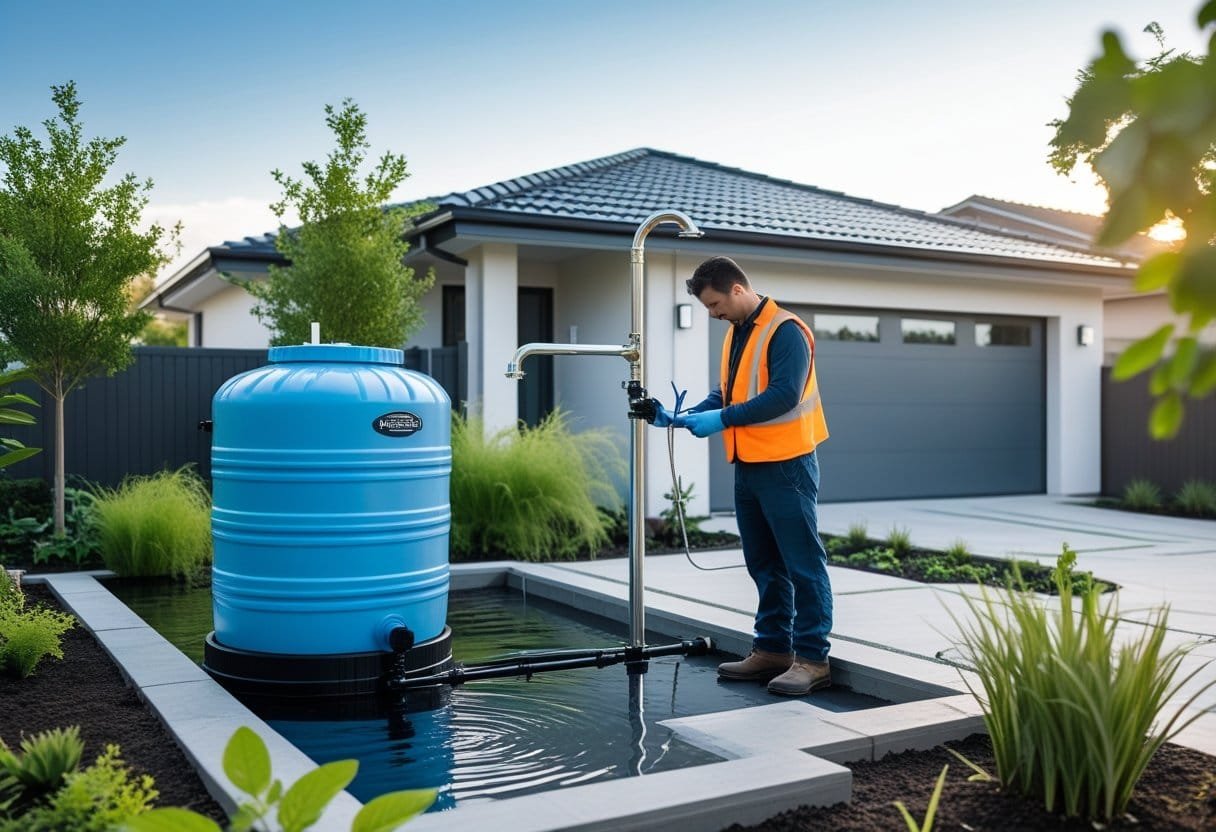
Getting the most out of your rainwater system really comes down to good installation and regular care. Where you put it, which parts you choose, and how you keep it clean all matter for safe water and a long-lasting setup.
Choosing the Right Rainwater Harvesting Location
Look for a spot with steady rainfall and easy access to your gutters. If you live somewhere with lots of leaves or dust, try to put your barrel or tank where less roof runoff happens—keeps your water cleaner that way.
If you’re using an underground tank, choose a location away from tree roots and utility lines to avoid damage. Don’t put tanks right next to your home’s foundation unless you have good drainage. For above-ground barrels, make sure the ground is flat and stable and use a sturdy base so nothing tips over.
Want to store more rainwater? You can always link extra tanks in a row or go for a modular underground tank under your driveway or garden. Just keep the collecting system close to where you’ll actually use the water.
Downspout Extension Usage
A downspout extension carries water from your gutter to your barrel or tank, collecting rain more efficiently and keeping puddles away from your foundation.
Pick an extension that fits your gutter and reaches your storage barrel. Fasten the end so the water goes right into the tank, not onto the ground. Some extensions come with built-in screens to catch leaves and debris before water hits your tank.
If you’ve got several barrels, Y-connectors and extra extensions can help you fill them all at once. Adjustable extenders let you aim water wherever you need, even if your collection spot isn’t right below the gutter. Always check for leaks to keep water loss down.
Regular Cleaning and Upkeep
Climb up that ladder and clear out your gutters a few times a year. Clogged gutters and downspouts just dump dirty water and slow down rainwater collection. To catch bigger debris, use a leaf basket or strainer where the pipe meets the tank.
Rinse out your barrels or tanks every few months—especially after storms. Drain and scrub the tank if the water smells off or looks cloudy. For potable systems, stick to a regular filter change schedule to keep things safe.
Give all your parts—screens, connections, downspout extensions—a quick monthly look for cracks or leaks. Catching problems early keeps your water cleaner and your system in good shape.
Best Rain Barrels and Cistern Systems
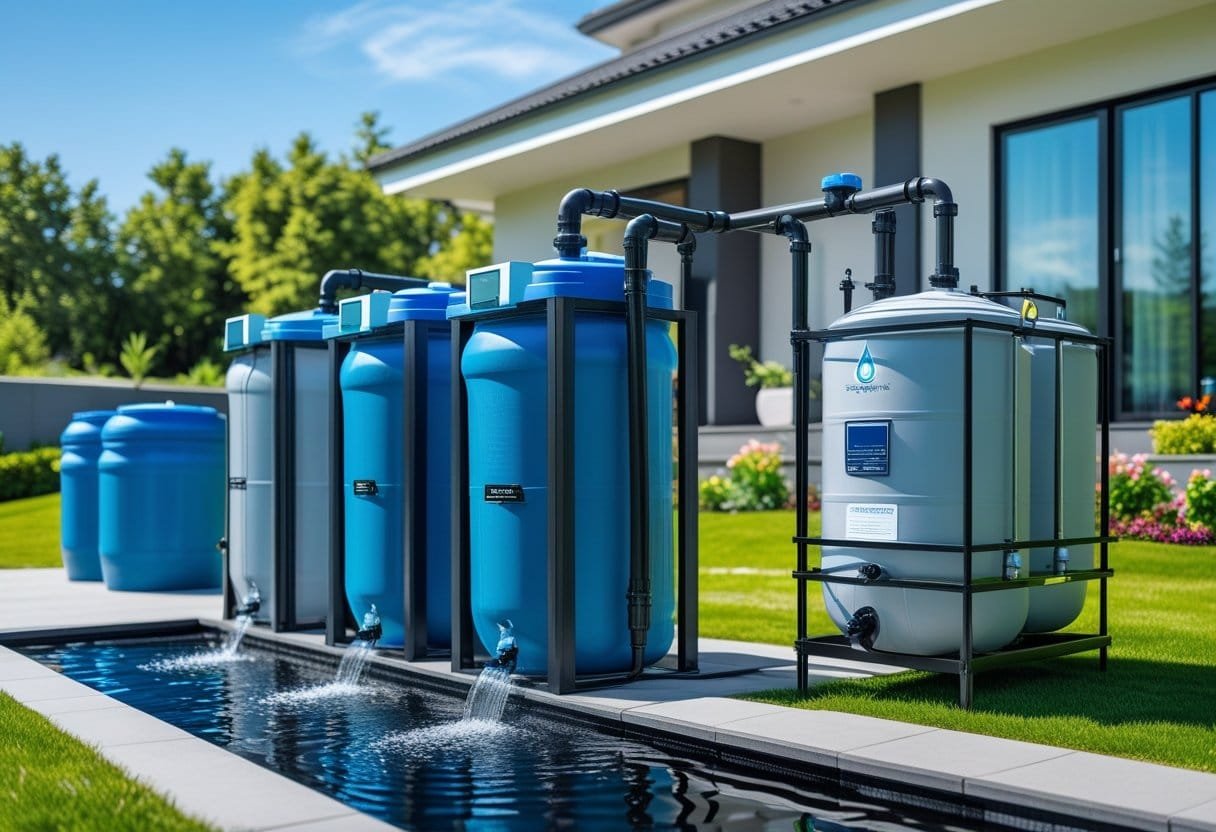
When you’re collecting rainwater for your house or garden, the barrel or cistern you pick makes a real difference in how much you can store and how much work you’ll put in. The right storage system keeps water cleaner and saves you hassle.
Top Residential Rain Barrels
Rain barrels for home use come in various styles, sizes, and materials. (Enter promo code Root15 to get a 15% discount on your order.) Most hold between 40 and 80 gallons and are made of UV-resistant plastic. They tuck under your downspout and collect water every time it rains.
Some popular models—like the Good Ideas Impressions 50 Gallon Nantucket Rain Saver—are pretty tough and handle weather well. Collapsible barrels are a solid pick if you’re tight on space since you can fold them away when you don’t need them. Many newer barrels feature a first-flush diverter to keep debris out of your main storage, which means cleaner water for your plants. If you’re curious what’s working well for 2025, check out the best rain barrels for home gardens and collapsible rain barrels.
Durable Cistern Options
Cisterns are bigger tanks that can hold hundreds—or thousands—of gallons of rainwater. They’re made from food-grade plastic, concrete, or fiberglass. If you’ve got a big garden or want to store more water for dry spells, a cistern’s the way to go.
Depending on your space and storage needs, you can install a cistern above or below ground. Some systems come with filters and pumps for easier use around the yard. Cisterns are tough enough for both homes and small farms, and they’re a step up from regular rain barrels. Want more tips? Check out this guide to modern rainwater harvesting methods.
Rainwater Harvesting for Irrigation and Outdoor Use
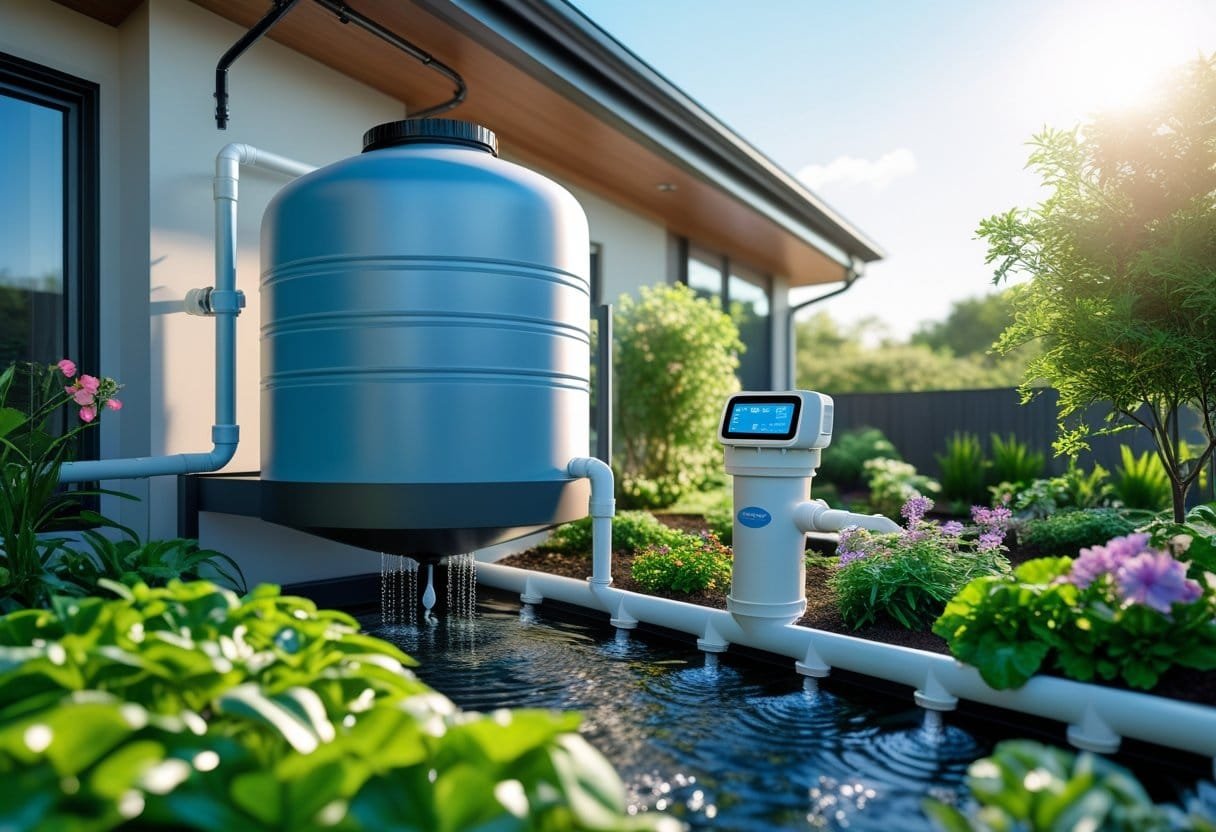
Rainwater harvesting isn’t just for indoor chores. You can use collected rainwater to save water, cut bills, and keep your plants happy all season long.
Drip Irrigation Integration
Drip irrigation systems pair really well with rainwater harvesting. If you’ve got water stored in a tank or barrel, hooking it up to a drip system is pretty straightforward. Drip setups use small hoses and emitters to get water right to the roots, which reduces waste and evaporation.
Using rainwater for drip irrigation eases your local water supply pressure, especially in dry months. Since rainwater usually lacks the chemicals found in city water, it’s gentler on plants. Just add a filter between the tank and the drip lines to keep dirt out and avoid clogs.
Most drip irrigation timers let you set watering times to match your plants’ needs. That means you use just enough water, no more. Drip systems work great for veggie gardens, flower beds, or even small lawns. Want more info? Check out the rainwater harvesting system components and requirements.
Harvesting Rainwater For Garden and Landscape Applications
Collected rainwater works perfectly for gardens, lawns, and landscaped spots. You can hand-water with a hose, fill up watering cans, or set up automatic systems for bigger areas. Using rainwater outdoors is a lifesaver during restrictions or droughts—your plants stay green, and you use less tap water.
Lots of people pick collapsible rain barrels because they’re easy to store and set up. These barrels help manage runoff and hold enough water for a few days of garden use. Bigger, tougher storage tanks are out there too if you’ve got larger landscaping needs.
Benefits of using rainwater outdoors include:
- Water conservation
- Lower monthly bills
- Less straining of groundwater
- Safer, chemical-free water for your garden and lawn
Rainwater harvesting systems make it easy to give your plants healthier water, waste less, and support a more sustainable yard and garden.
Rainwater Harvesting in Different Regions
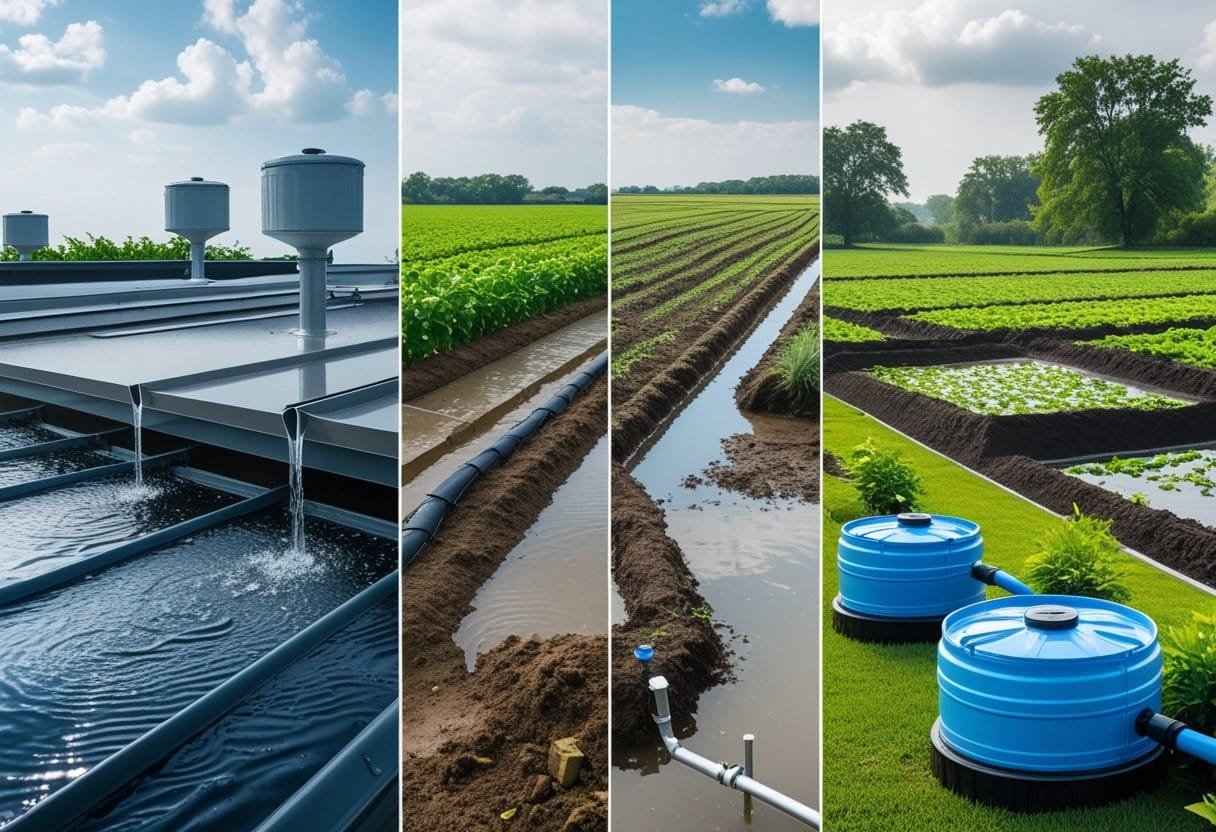
Regional laws and local rainfall quirks really shape how you set up and use a rainwater harvesting system. You’ll want to know these differences—not just to dodge fines, but to get more water and keep things running smoothly.
Texas-Specific Regulations and Solutions For Harvesting Rainwater
Texas stands out as one of the top states for rainwater harvesting. The state encourages homeowners to collect rain by offering tax incentives and writing special codes supporting it. Some cities even hand out local grants if you use approved tanks and filters.
But there are rules. Underground tanks must be kept away from sewer and septic lines, and most neighborhoods have their own guidelines for storing collected water and the covers you use. These rules help with mosquito control and keep your water safer.
If you’re in Austin or San Antonio, check with the local water department—rebates for installing systems aren’t uncommon. In rural spots, folks sometimes use wells, but rainwater is often safer and a lot easier to filter. For more tips on where rainwater harvesting works best in Texas, check out this detailed guide.
Adapting Rainwater Harvesting to Local Rainfall Patterns
When you’re setting up a rainwater system, it really pays to match your setup to your local rainfall. If you live where rain is unpredictable or rare, you’ll probably want bigger tanks and better gutters to catch every drop. Smaller barrels might do in places with heavy downpours, but you’ve got to ensure they don’t overflow and cause trouble.
Rain gauges and weather apps are surprisingly helpful for tracking stormwater and deciding when to collect or use water. In dry climates, drip irrigation helps stretch your supply and keeps waste down. Systems with built-in filters are a smart pick, since dust and debris can be a headache in lots of areas.
Honestly, chatting with neighbors who already harvest rainwater can be a goldmine. Their real-life tips help you skip rookie mistakes and get the most out of your setup. Check out these top rainwater catchment methods for a rundown of solutions for all kinds of rainfall.
Economic and Environmental Impact of Rainwater Harvesting
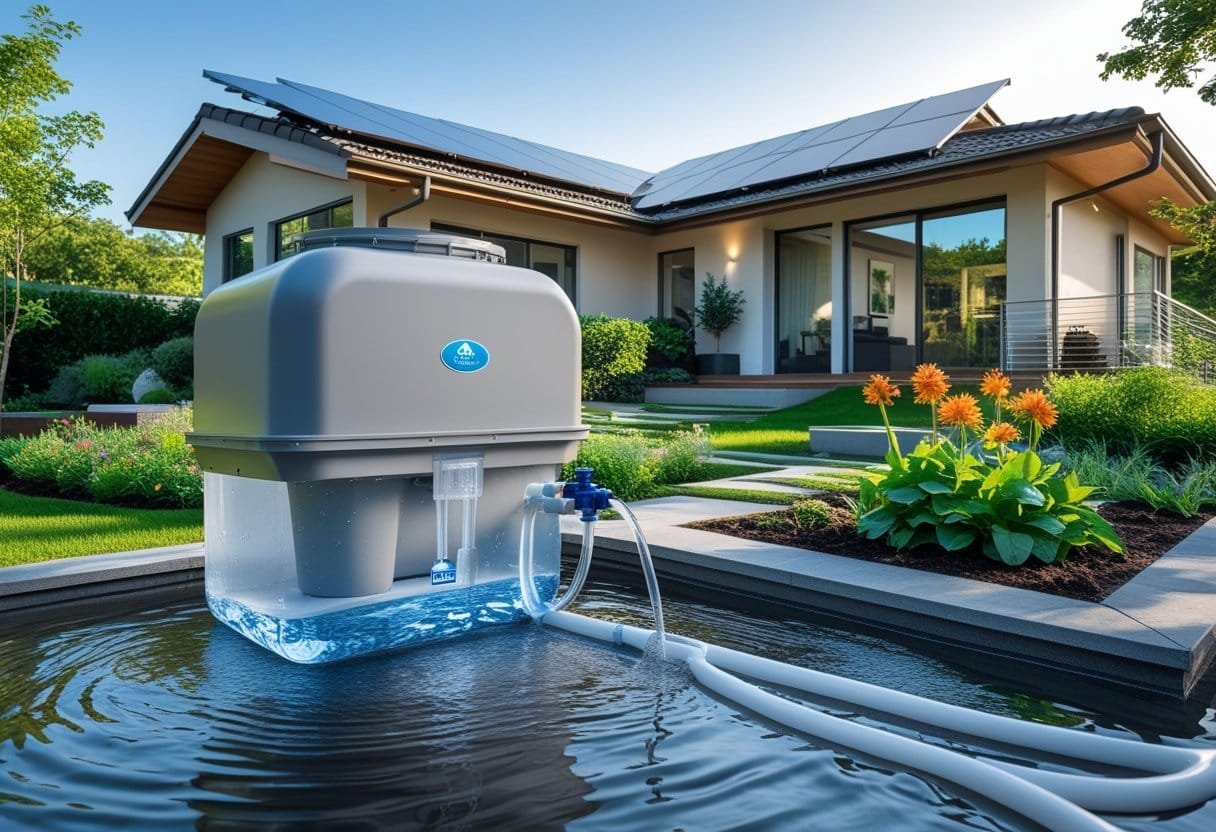
Rainwater harvesting can shrink your water bills and ease the load on local water systems. It also helps cut down on stormwater runoff, which keeps things cleaner and healthier for everyone.
Long-Term Savings for Homeowners Harvesting Rainwater
Install a rainwater harvesting system at home, and you’ll probably see your water bills drop. Using rainwater for the garden, flushing toilets, or washing the car means less tap water and smaller monthly costs—especially where water rates sting.
In 2025, efficient systems have gotten more affordable and easier to keep up. Most new setups come with filters and pumps that last for years without much fuss, which helps you control expenses.
Many areas also offer rebates or incentives when you add a system. These programs help with upfront costs and make rainwater harvesting even more appealing.
Less tap water use means you’re using less energy, too. That shrinks your household’s carbon footprint and supports a more sustainable lifestyle. Recent studies suggest rainwater harvesting can cut costs and energy use for both homeowners and whole communities. It’s a smart investment for the long haul. For more details, see this article on rainwater harvesting.
Community-Wide Benefits of Harvesting Rainwater
Rainwater harvesting isn’t just about your home—it can benefit your whole community. Collecting rain means less stormwater flooding streets and drains, which helps prevent flooding and eases the pressure on public water systems.
When neighbors harvest rainwater, they ease the demand on groundwater and water supply plants, especially during dry spells. Less strain on these systems usually means lower infrastructure costs for everyone, and fewer repairs or upgrades keep water rates steadier.
Neighborhoods with lots of rainwater systems see less erosion and pollution in nearby rivers and lakes. That keeps the local environment cleaner for people and wildlife alike. Some studies say capturing rain at home can cut environmental impacts from water treatment plants by up to 23%. That’s a real difference. If you want to dive deeper, there’s research on the environmental impact of rainwater harvesting systems in urban areas.
Future Trends in Rainwater Harvesting Technology
Smart gadgets and new materials are changing the way we collect and use rainwater. Upgrading your system can save water, energy, and cash, while making your home more eco-friendly and efficient.
Smart Monitoring and Automation
These days, top rainwater harvesting systems use smart sensors that check water levels, spot leaks, and keep an eye on your tank’s health in real time. No more guessing how much water you have—connected gauges give you updates on your phone or a display.
Automated controls let your system switch between rainwater and main water supply all on its own. Some models use predictive software to prep for incoming storms, so you’re less likely to run dry. These upgrades make it easy to manage things from anywhere, even if you’re not at home.
For city folks, newer systems often sync with smart home tech or wider smart city setups. You get instant alerts if something’s off, or you can track usage and cut down on waste. Real-time data helps you use water more wisely and sidestep costly headaches. With recent advances, these tools are getting more affordable and easier for anyone to use. Want to know more? Check out the latest trends on rainwater harvesting technology.
Innovations in Sustainable Materials
Newer systems are ditching old-school concrete or metal for lighter, greener options. Tanks and pipes made from recycled plastics or reinforced composites are now the go-to. They last longer, don’t rust or break down as fast, and are usually easier to install, too.
Some manufacturers are experimenting with biodegradable coatings and liners to prevent chemicals from leaching into your water. A few even mix in natural stuff like bamboo or hemp fibers to keep products renewable and tough.
Choosing these materials helps lower your carbon footprint and supports a more sustainable water storage method. Many new designs are modular, so you can scale up or down without tossing old parts. These upgrades make rainwater harvesting cleaner and more effective for whatever’s next. Curious about what’s coming? Check out this article on sustainable rainwater system materials.
Frequently Asked Questions
Cost, tech upgrades, brand comparisons, and practical use all matter when picking a rainwater harvesting system. There’s also a lot to consider with installation, day-to-day use, and helping your community’s water supply.
Which rainwater harvesting technologies are the most cost-effective in 2025?
Simple setups like rain barrels with first-flush diverters are super affordable. They’ll collect rain right off your roof for yard or garden use.
Bigger systems with filters and pumps cost more, but they’re efficient if you need a lot of water. Rain barrels and rooftop catchment systems are top choices if you want to save money up front.
What are the latest advancements in rainwater harvesting systems this year?
In 2025, systems feature better filters, smart sensors, and automatic pumps. These improvements help you get cleaner water and manage everything from your phone or a control panel.
Some setups add UV sterilizers for extra safety, making the water good for more household uses. Tanks are tougher, last longer, and fit into tighter spaces now, too.
How do Rewatec rainwater harvesting solutions compare to other top brands?
Rewatec focuses on tough, low-maintenance tanks and filters. Their systems can be installed above or below ground and are built to last years.
Other brands have similar features, but Rewatec’s reliability and range of options for different property sizes often stand out. Still, it’s smart to compare total cost, warranty, and support before choosing.
Can rainwater harvested be used for all household purposes, and if so, how?
Rainwater can be used to water plants, wash cars, flush toilets, and even do laundry. However, if you want to drink or cook with it, you’ll need extra steps.
Adding strong filters, UV treatment, and sometimes boiling makes the water safe for drinking or cooking. Lots of people stick with tap water for drinking just to be safe.
What are some potential drawbacks of installing a rainwater harvesting system in 2025?
The big issues are startup costs, roof and gutter upkeep, and finding space for tanks. Some systems need regular cleaning to keep water safe.
You might not collect enough water if you’re in a low-rain area. Plus, there could be local rules or permits to follow.
How can rainwater harvesting contribute to sustainable water management in urban areas?
Collecting rainwater eases pressure on city water systems and can help prevent flooding by catching runoff. That’s a big deal, especially when storms hit hard or during those dry spells.
If you set up something like modern rainwater harvesting methods, you get to stash away water for your own use—maybe for your yard, maybe for flushing toilets—and you give local water reserves a breather. Honestly, it’s a win-win. Plus, it keeps a lid on stormwater pollution that would otherwise end up in streams and rivers.
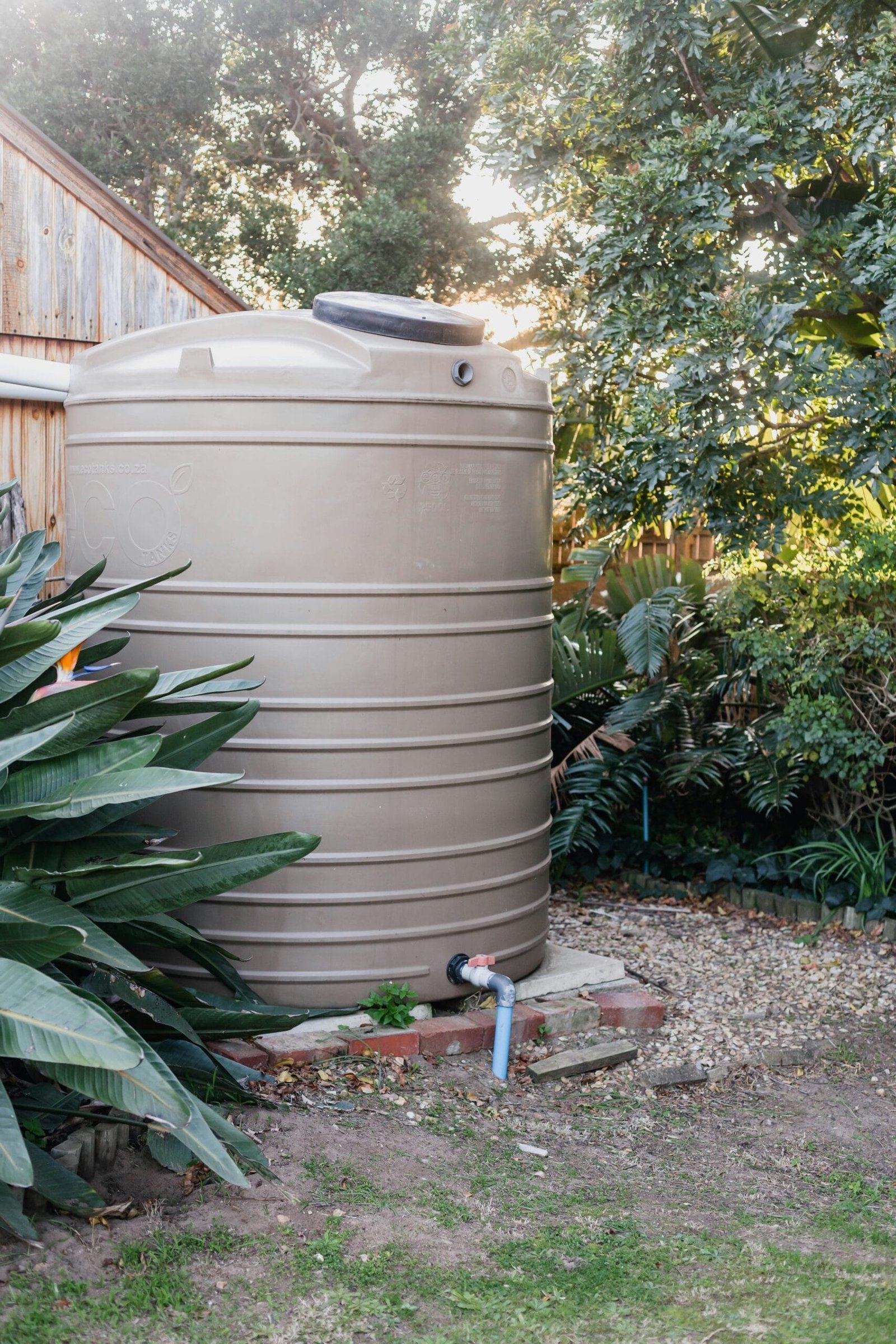
Leave a Reply
You must be logged in to post a comment.